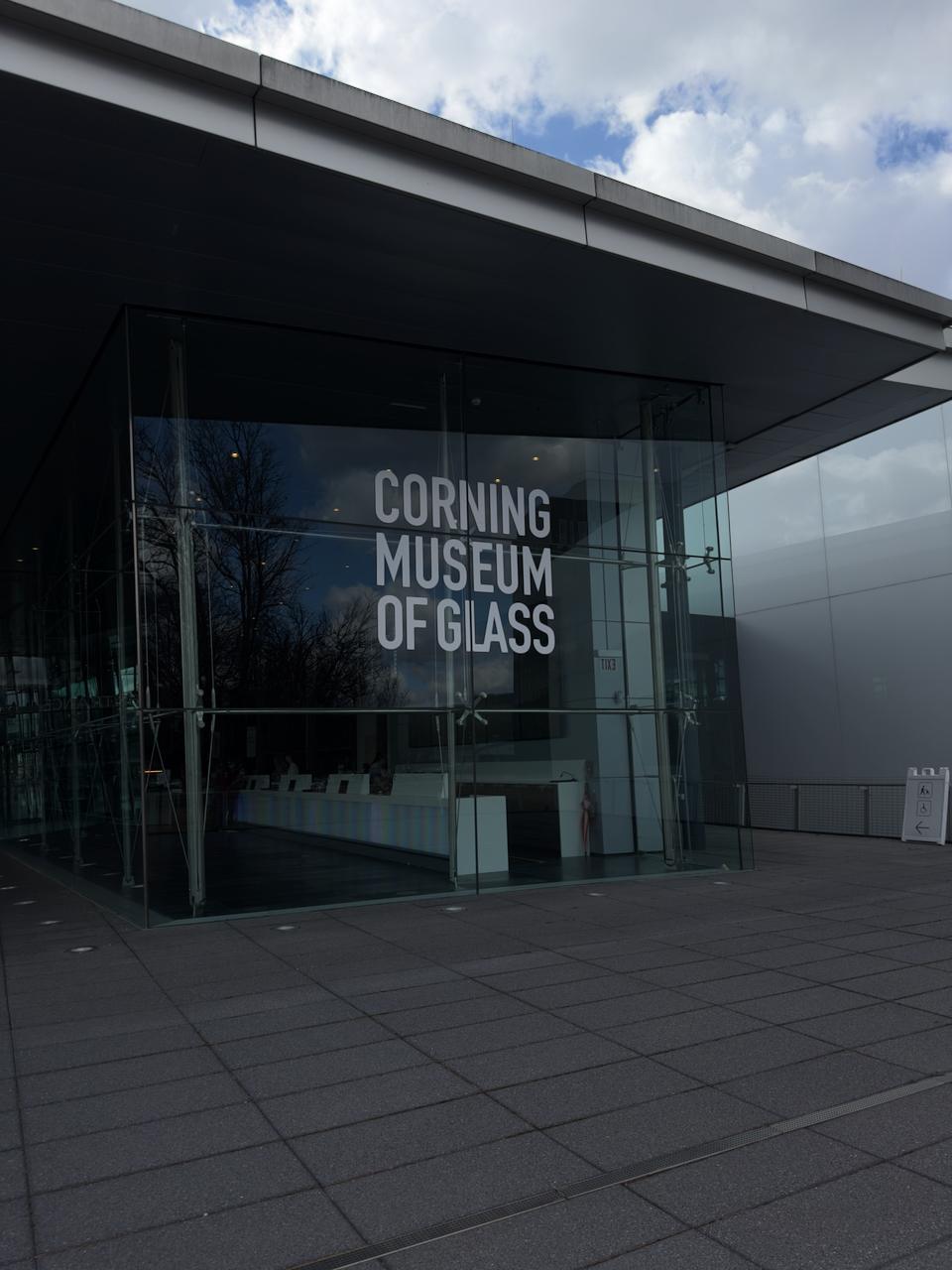As a photographer and visual artist, I have always been drawn to the way light transforms the world around us. Whether it’s the golden glow of sunrise reflecting off the ocean or the intricate interplay of shadows and highlights in a portrait, light is at the heart of everything I create. So, when I had the opportunity to visit the Corning Museum of Glass for the first time, I knew I was about to step into a world where light, color, and craftsmanship merge into something extraordinary.
The Corning Museum of Glass, located in Corning, New York, is dedicated to the art, history, and science of glassmaking, with a collection spanning over 3,500 years. It is one of the world’s most prestigious institutions for glass art and innovation, making it a must-visit for artists, creatives, and anyone fascinated by how glass has been used throughout history.

Before diving into my experience at the museum, I want to share a must-know tip for anyone planning to visit—get the Combo Ticket! This special admission includes access to both the Corning Museum of Glass and the Rockwell Museum, another fantastic museum just a short walk away.
The Rockwell Museum is an American art museum that focuses on the themes of the American experience, featuring a stunning collection of Western and contemporary Native American art. If you’re already making the trip to Corning, it’s well worth adding the Rockwell Museum to your itinerary—it offers an entirely different artistic perspective while still celebrating creativity, craftsmanship, and storytelling.
Now, let’s dive into my first visit to the Corning Museum of Glass and why it left such a lasting impression on me.
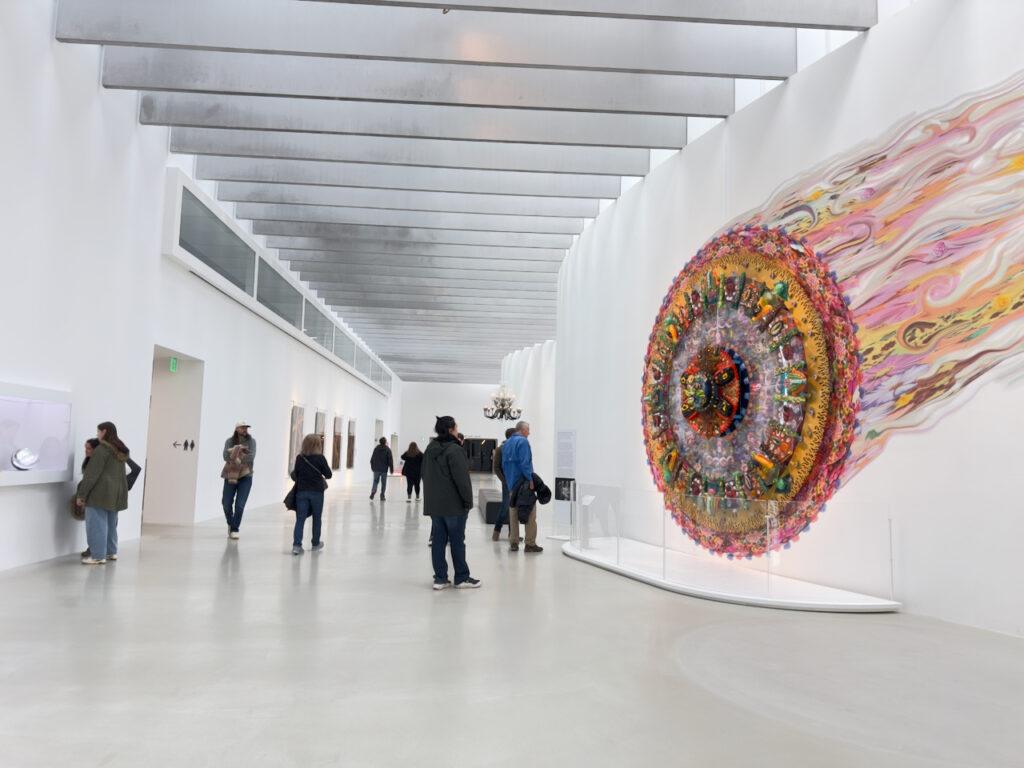
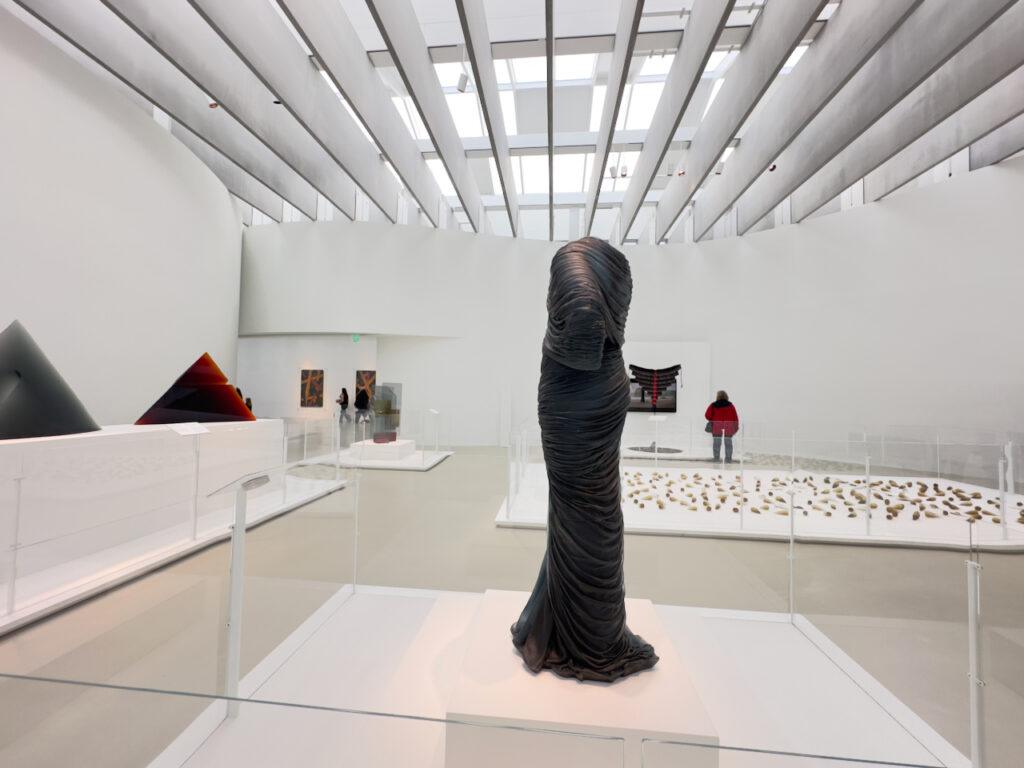
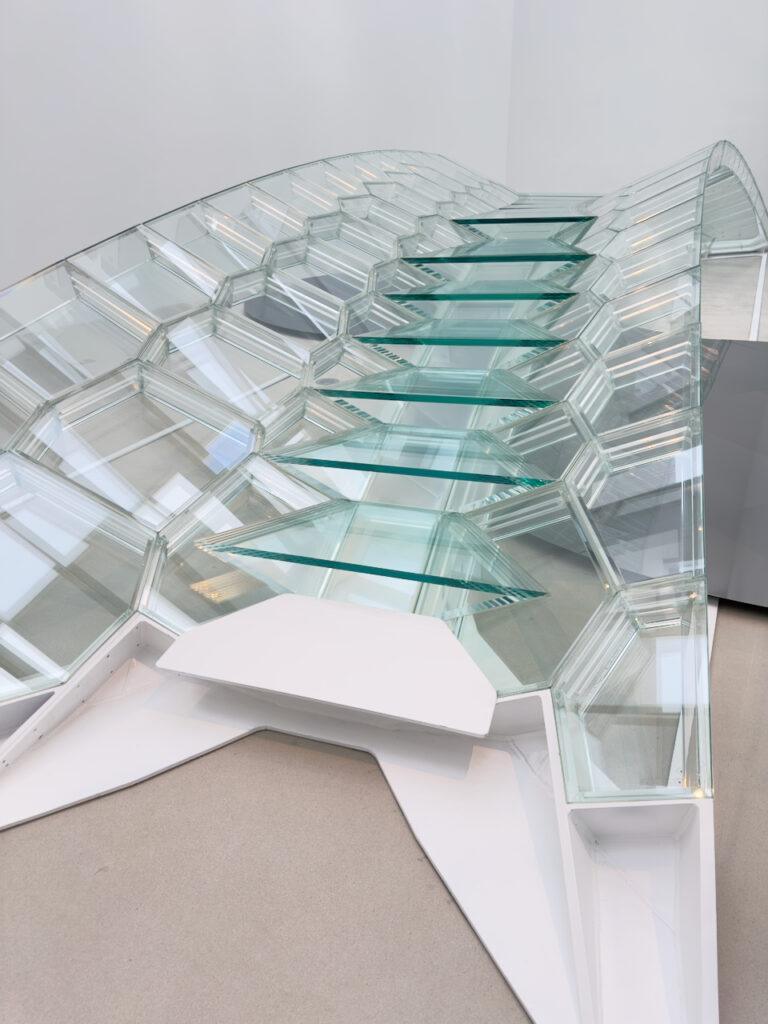
Walking into the Corning Museum of Glass felt different from any museum I had visited before. Unlike traditional museums with paintings and sculptures behind velvet ropes, this space felt immersive, with the medium of glass showcased in its full range of expression. The museum’s design—with its open spaces, soaring glass walls, and careful use of light—enhanced the experience, making each exhibit feel both intimate and expansive.
I was immediately struck by the vast diversity of glass art on display. Some pieces looked delicate and ethereal, catching the light in mesmerizing ways. Others were massive and sculptural, shaped into bold forms that challenged the traditional perception of glass as fragile. From functional objects to abstract contemporary works, the museum told the story of glass not just as an artistic medium, but as a material that has shaped human history and innovation.
One of the first galleries I explored was the historical glass collection, which spans centuries and showcases how glass has evolved from ancient times to the present. Seeing beautifully preserved Roman glassware, intricate Islamic glass pieces, and elaborate Venetian Murano glass up close was fascinating. It was a reminder that glass has not only been used for practical purposes but also for artistic and decorative expression for thousands of years.
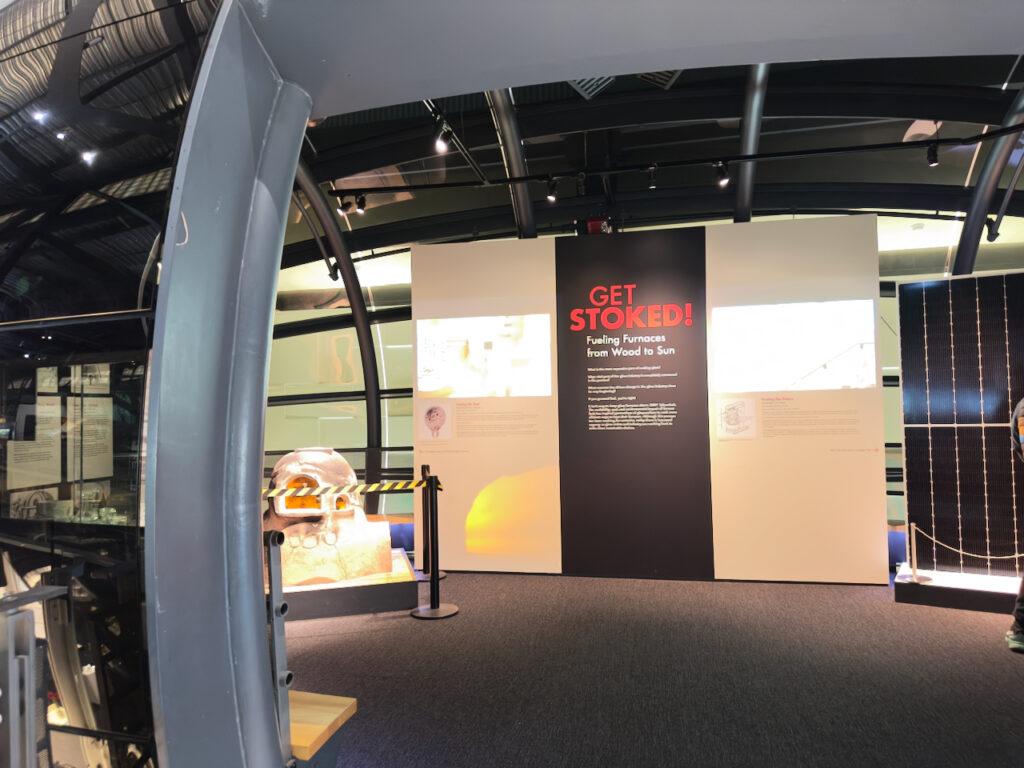

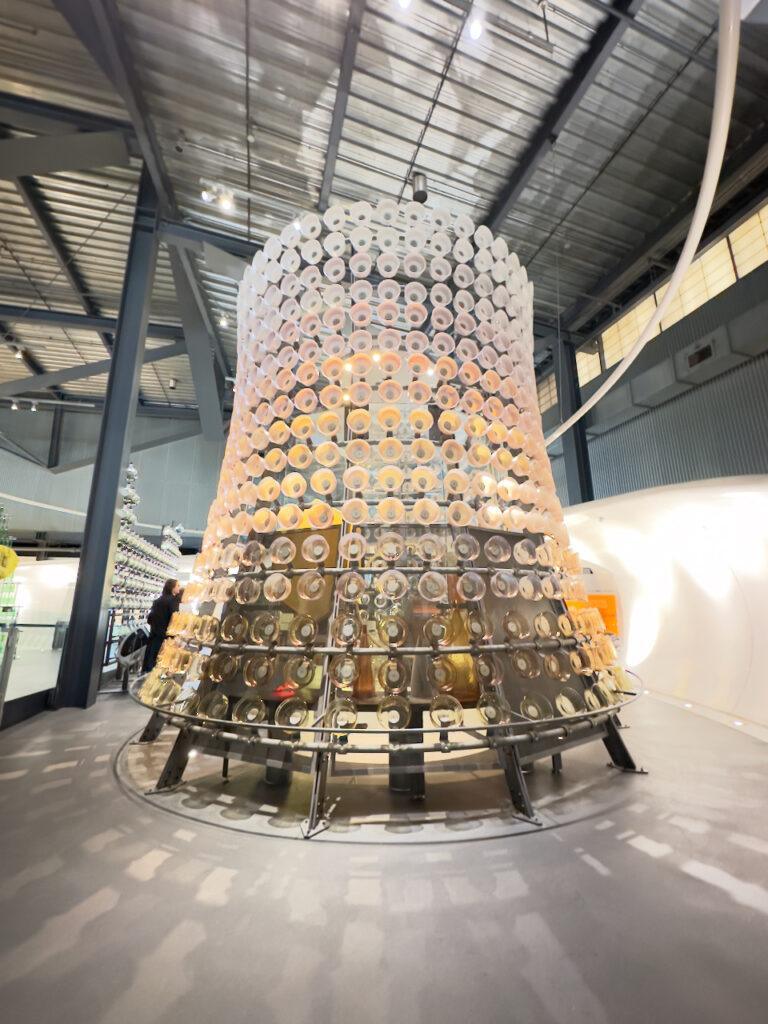
Another highlight was the scientific glass innovations section, which showcased how glass is used in fields like medicine, space exploration, and technology. From early microscopes to modern fiber optics, this section highlighted how integral glass is to innovation and human progress.
While I appreciated the historical collections, I was especially drawn to the Contemporary Glass Art Exhibit. The way modern artists use glass to explore themes of movement, nature, and human emotion was incredibly inspiring. Some pieces were abstract and thought-provoking, while others celebrated the beauty of transparency, light, and color.

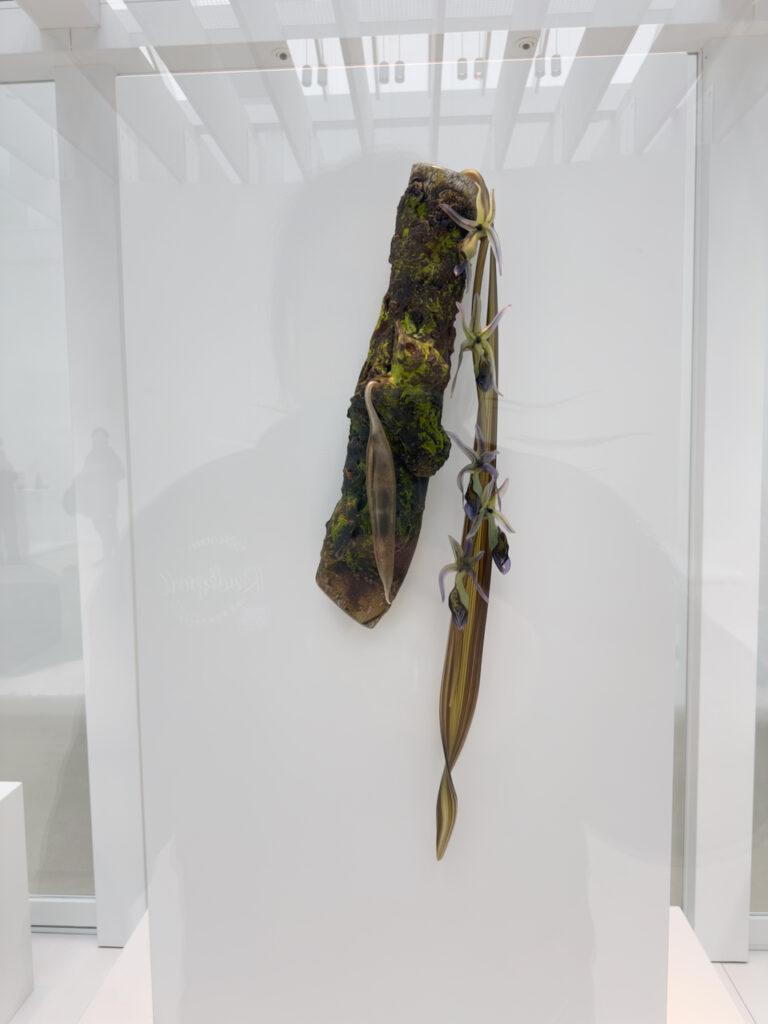

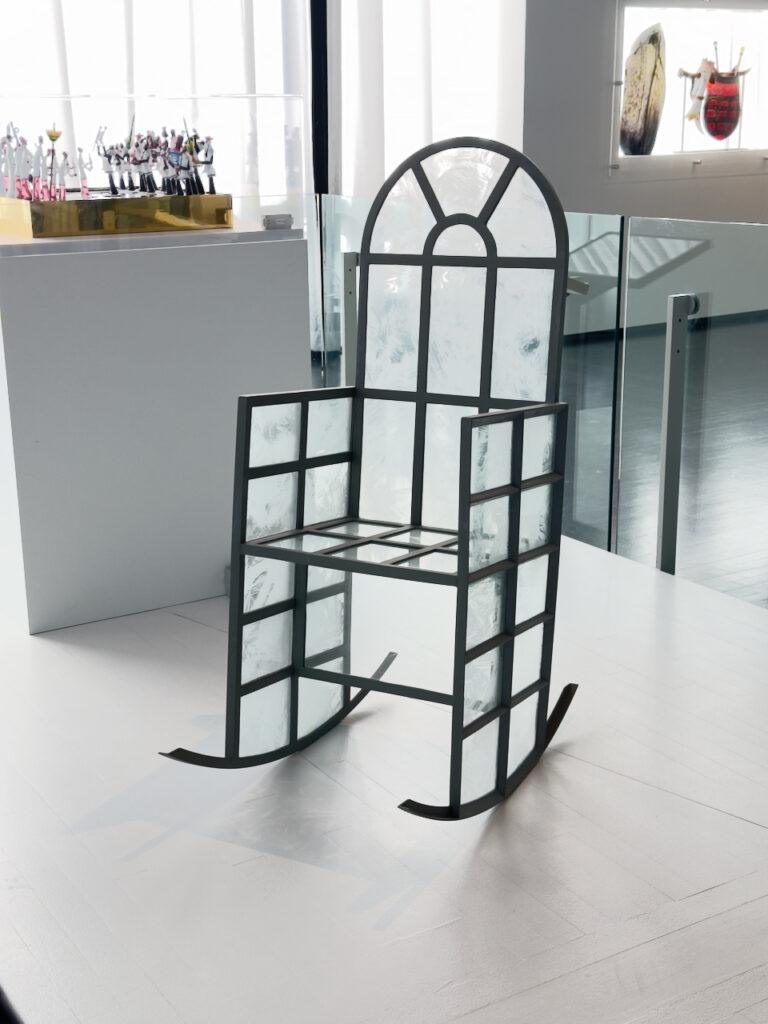
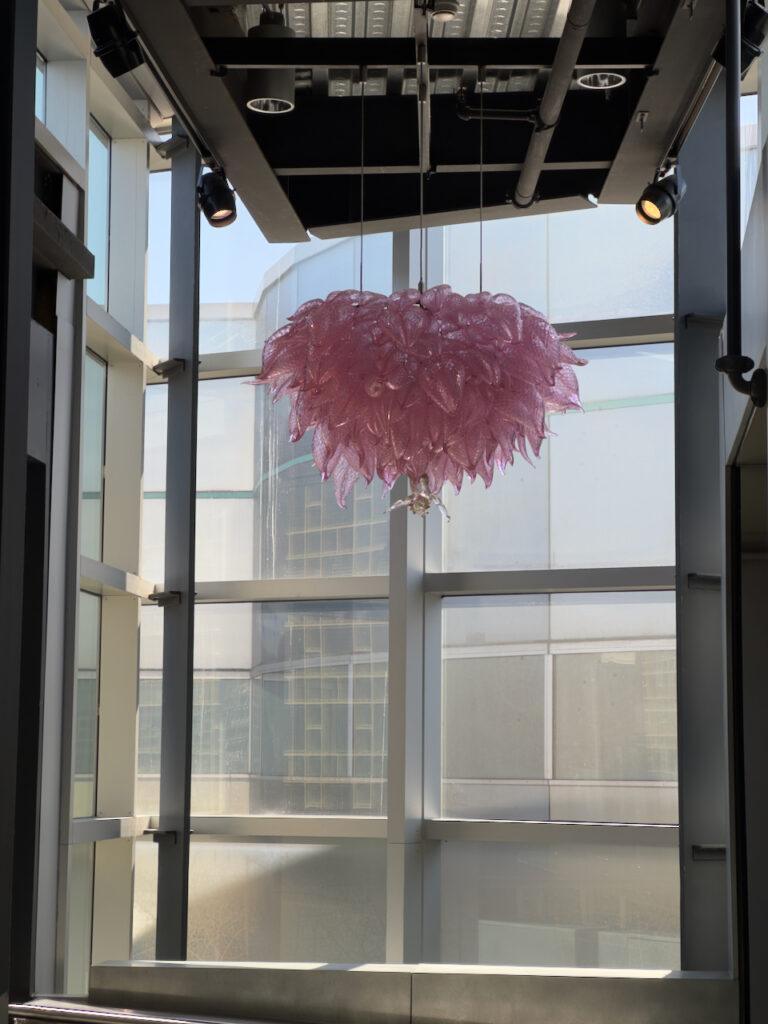
One of my favorite installations featured suspended glass sculptures arranged in a way that made them seem weightless. The way they reflected and refracted light reminded me of how photography can freeze a moment, transforming it into something timeless. Another striking piece used glass to mimic the look of soft, flowing fabric, playing with perception and making me question what I was really seeing.
One of the most anticipated parts of my visit was the chance to see a live glassblowing demonstration, but unfortunately, due to timing, I wasn’t able to experience it this time. Seeing an artist transform molten glass into a fully formed work of art, right in front of an audience, is something I was really looking forward to.
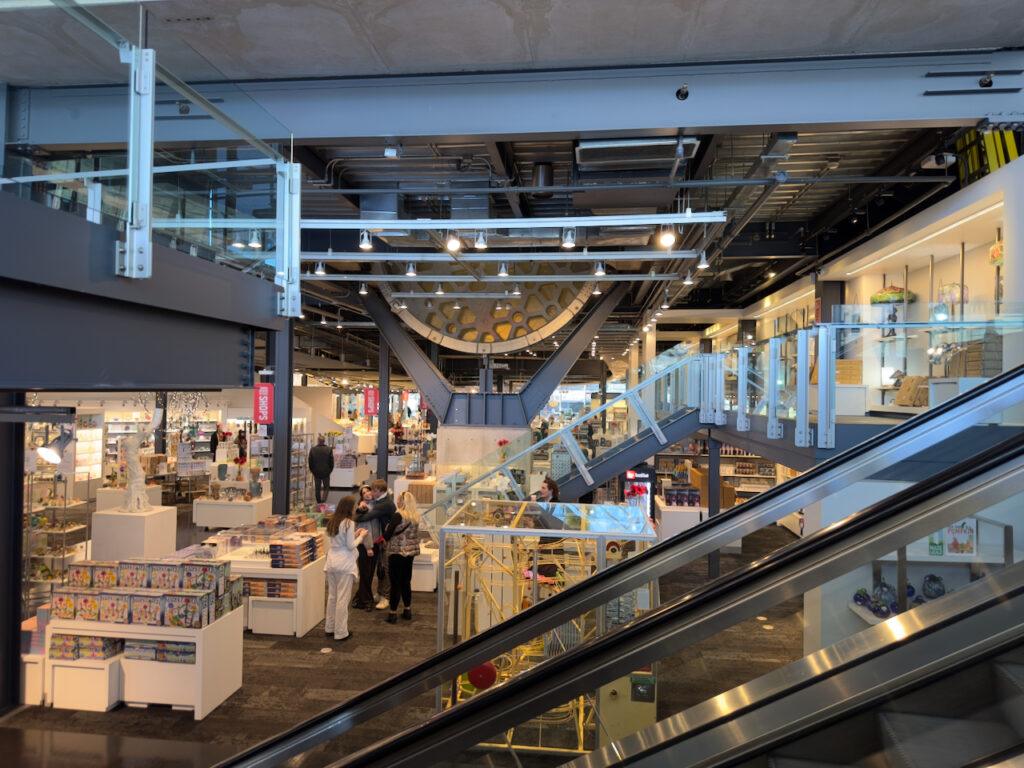
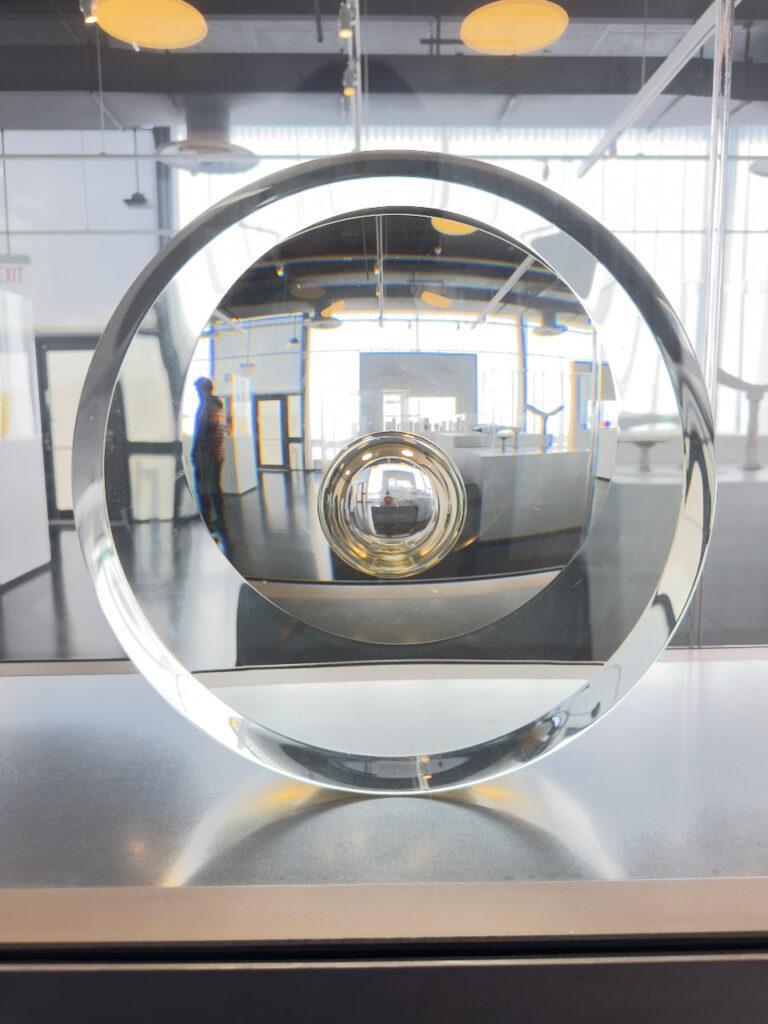
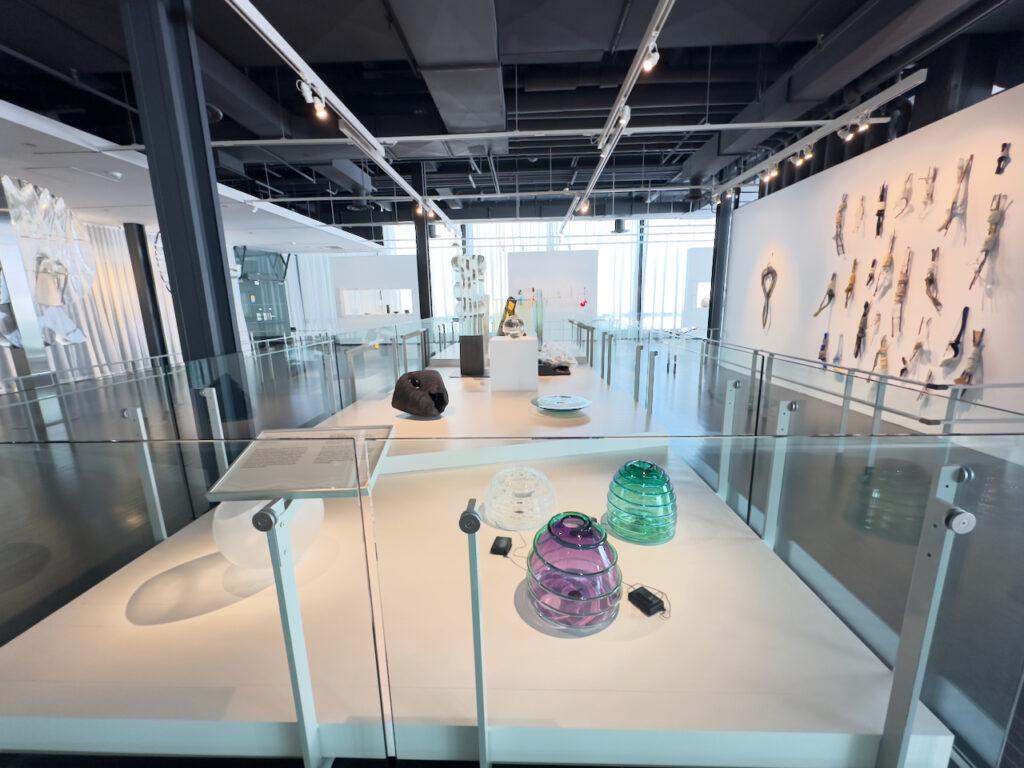

Glassblowing is one of the oldest and most mesmerizing art forms, and I’ve always been fascinated by the way artists manipulate fire, heat, and air to create something beautiful. The Corning Museum of Glass is world-renowned for its glassblowing demonstrations, and I’ve heard from others that the experience is unforgettable—watching glass artists work with temperatures over 2,000 degrees Fahrenheit, skillfully shaping glowing molten material into delicate or bold forms.
Missing this part of the experience gives me the perfect reason to return. Next time, I plan to schedule my visit around one of the demonstrations so I can fully experience the art in motion. I might even try a hands-on workshop, where visitors can work with glass themselves—an experience I know would deepen my appreciation for the craft.
The Rockwell Museum: A Hidden Gem in Corning

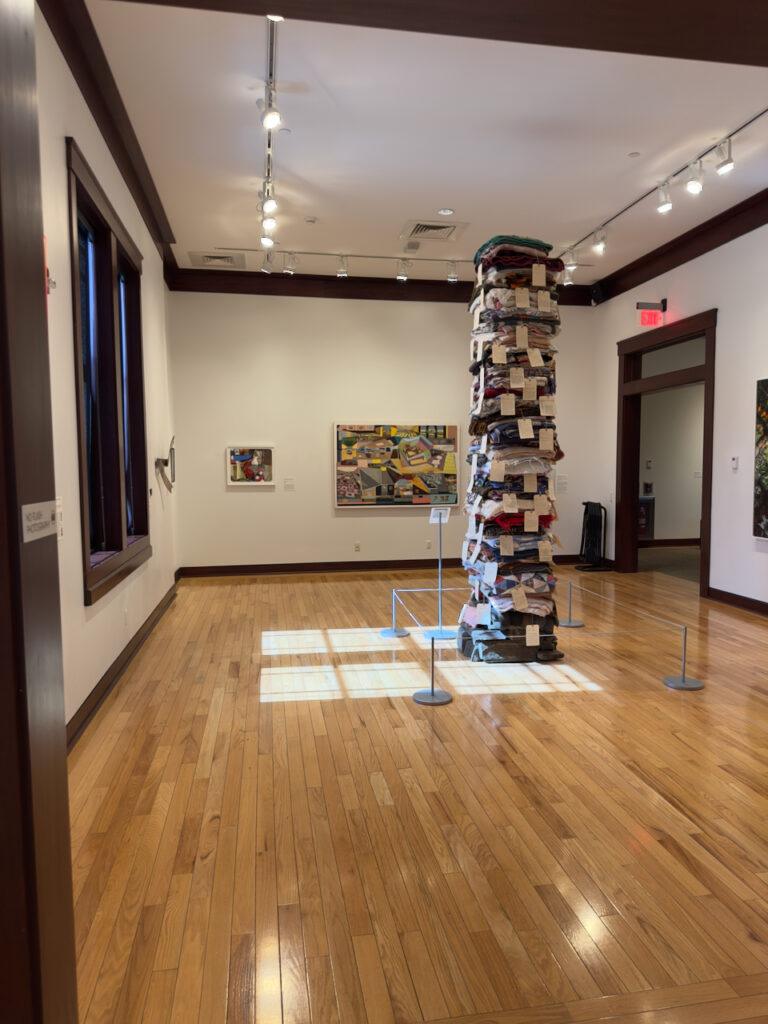
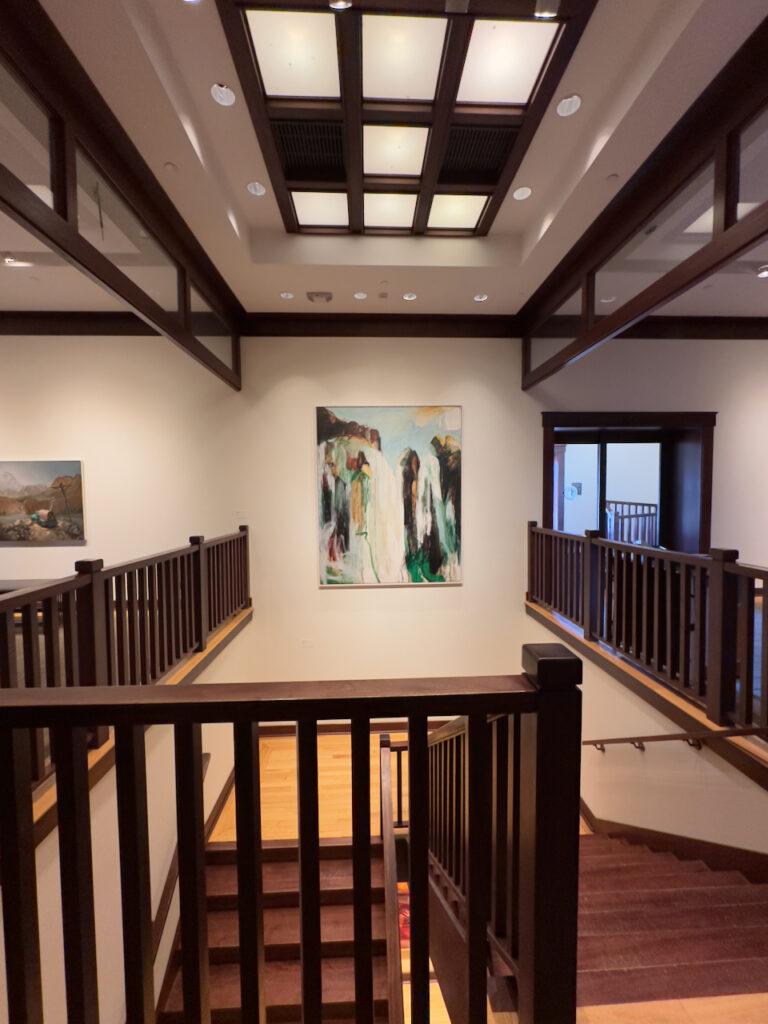
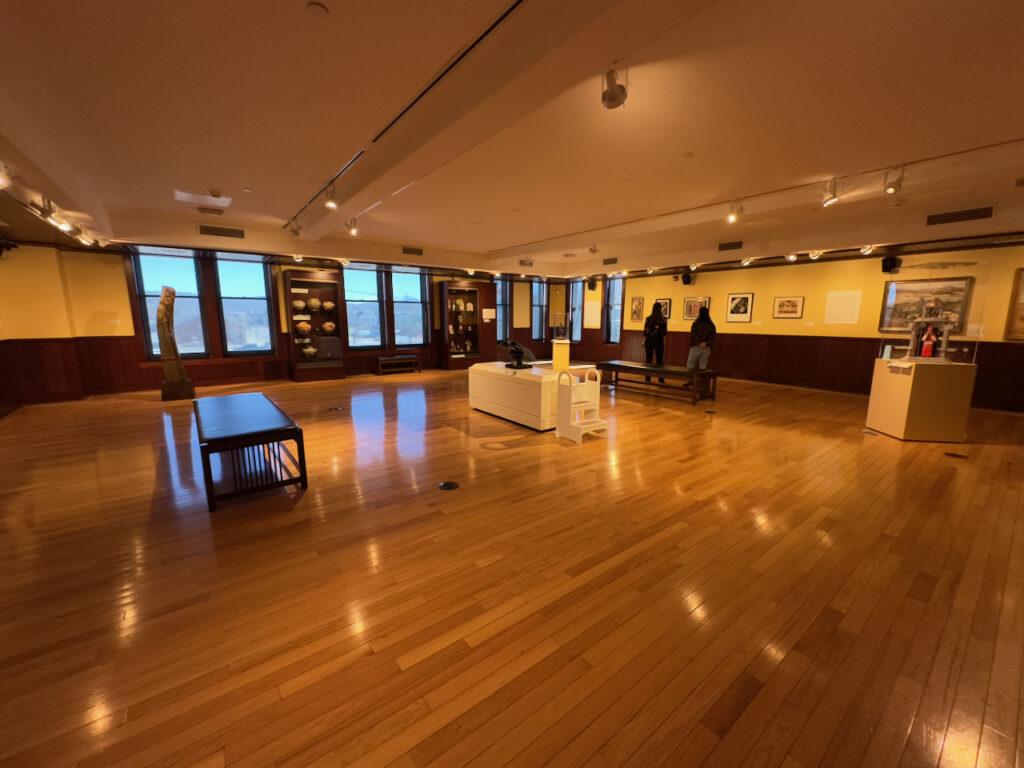
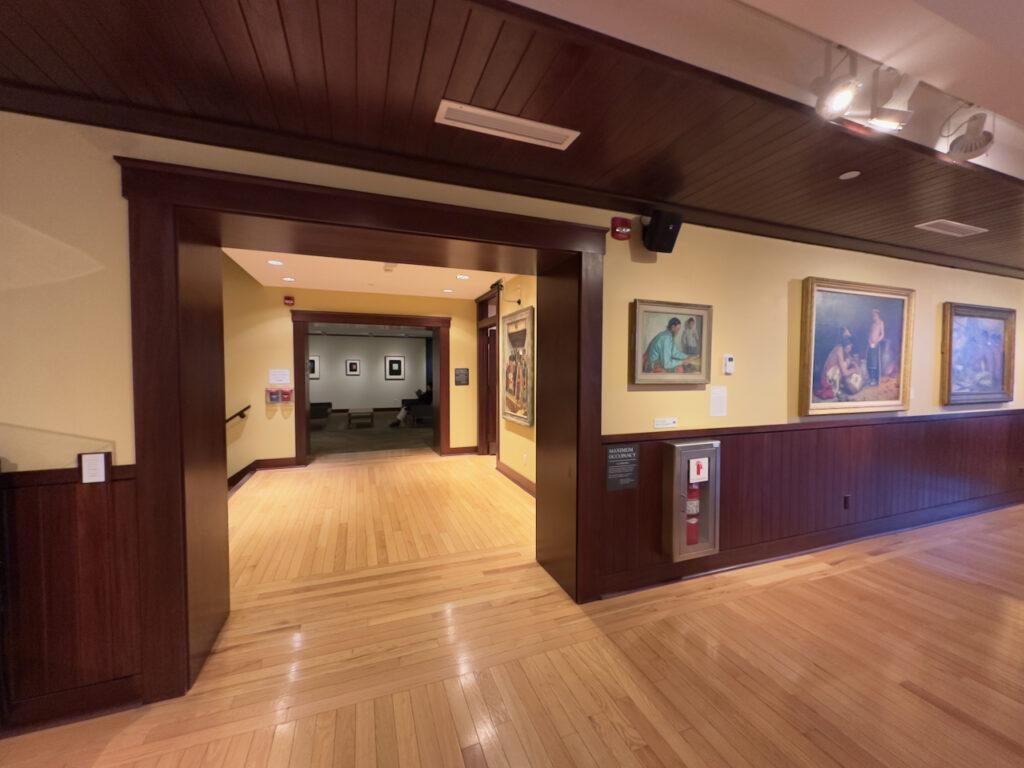
After exploring the Corning Museum of Glass, I took advantage of my Combo Ticket and headed to the Rockwell Museum, just a short walk away. This museum, housed in a beautiful historic building, offers an entirely different artistic experience—focusing on American art, history, and culture.
The Rockwell Museum’s collection is deeply rooted in the American experience, featuring powerful works that highlight themes of identity, land, and storytelling. One of the highlights for me was the collection of Western art, which included paintings, sculptures, and artifacts that depicted the landscapes and people of the American West. The vibrant colors, sweeping landscapes, and rich storytelling in these works reminded me of the power of visual narratives—something I strive to capture in my own photography.
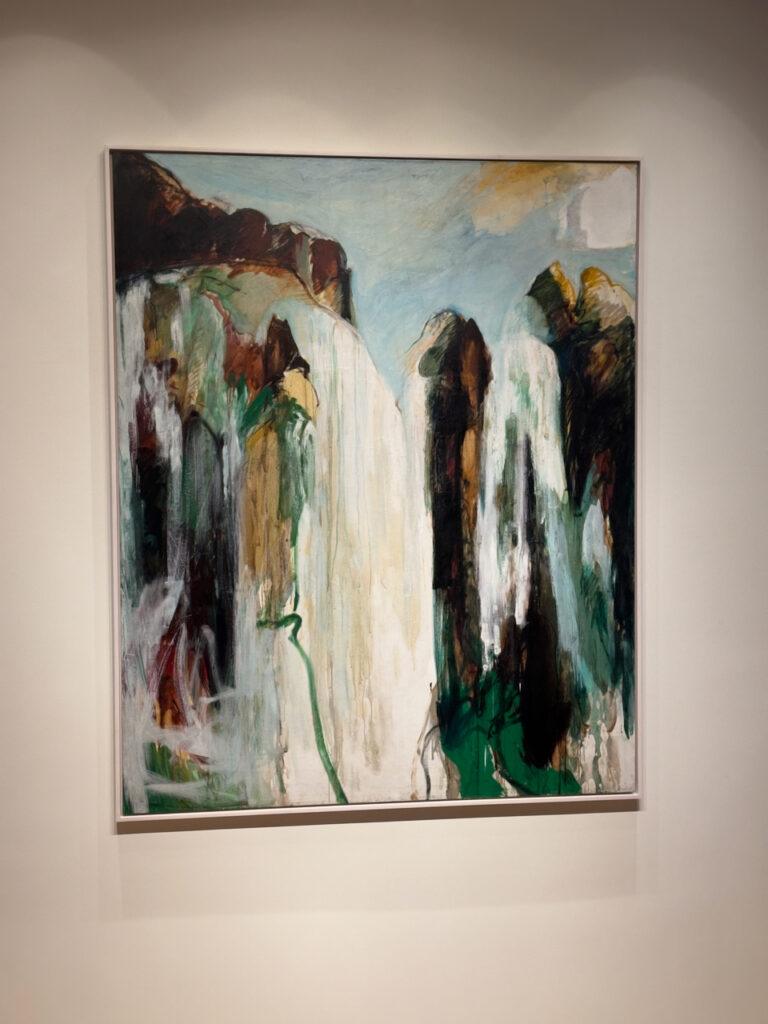
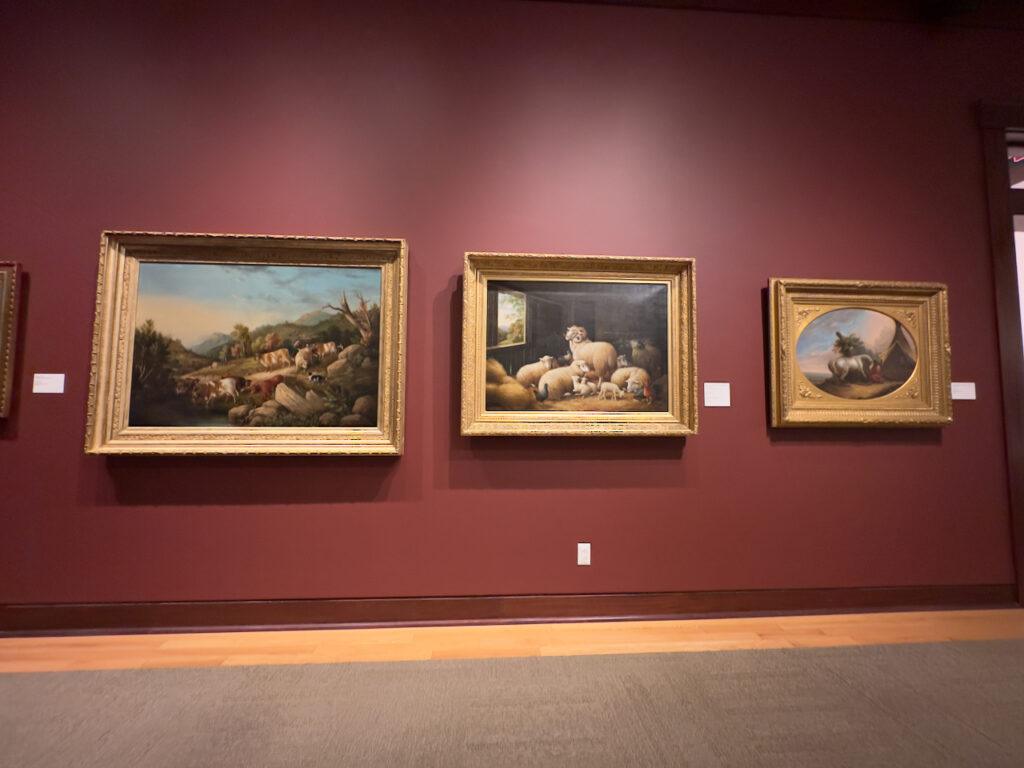
In addition to historical Western art, the museum also has a significant collection of contemporary Native American art, which brings modern perspectives to traditional themes and symbols. It was fascinating to see how artists continue to use visual storytelling to explore heritage, history, and identity in new and meaningful ways.
While the Corning Museum of Glass left me in awe of craftsmanship and light, the Rockwell Museum gave me a deeper appreciation for narrative and cultural expression through art. Together, these two museums provided a well-rounded, inspiring day filled with artistic exploration.
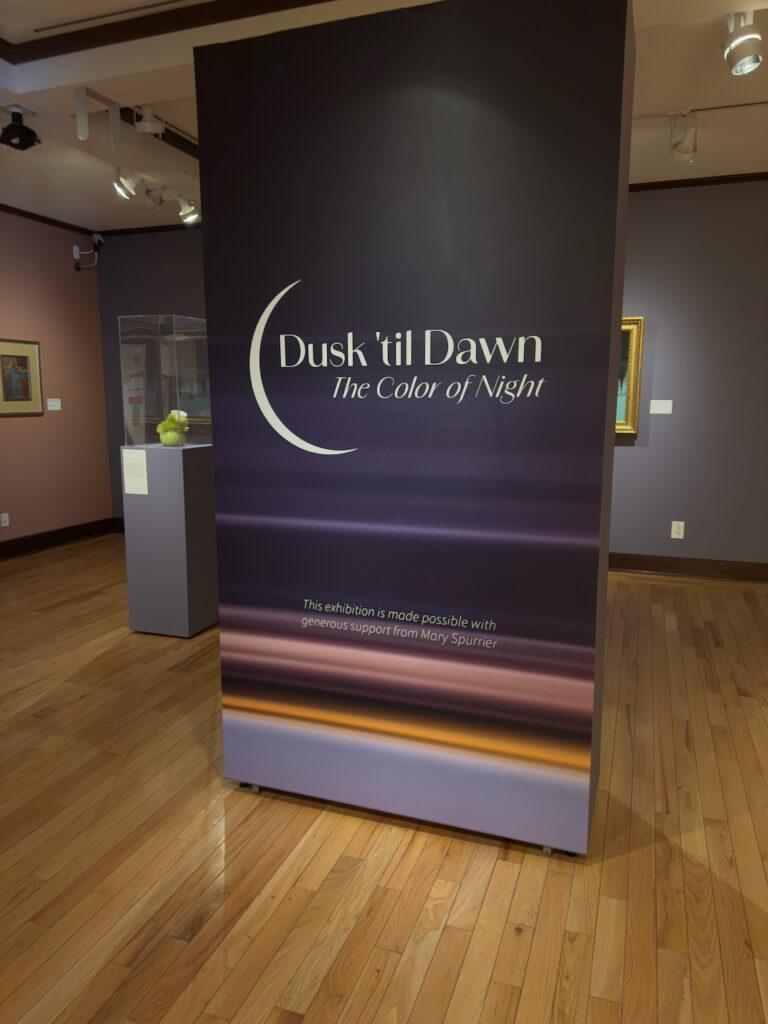
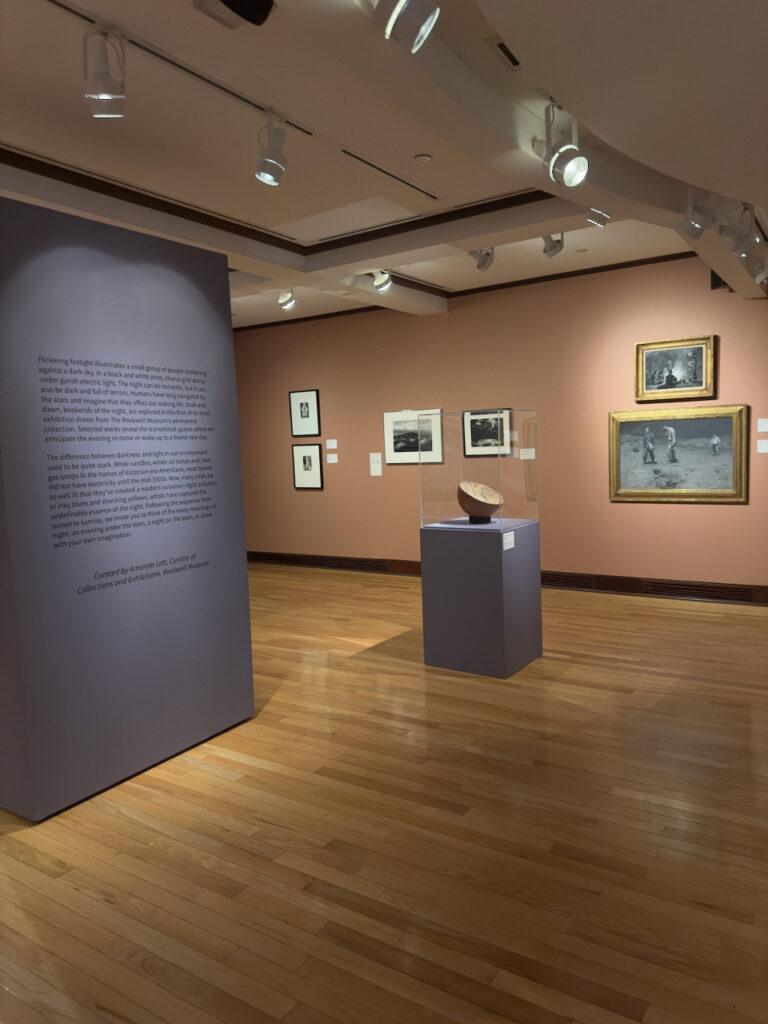

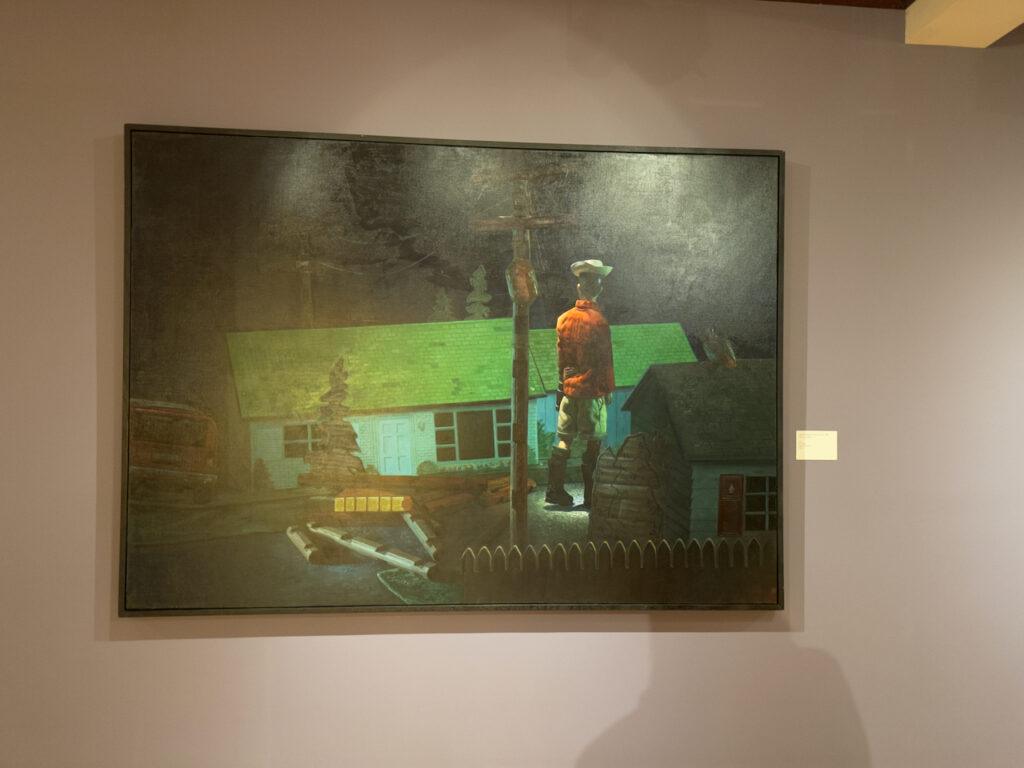
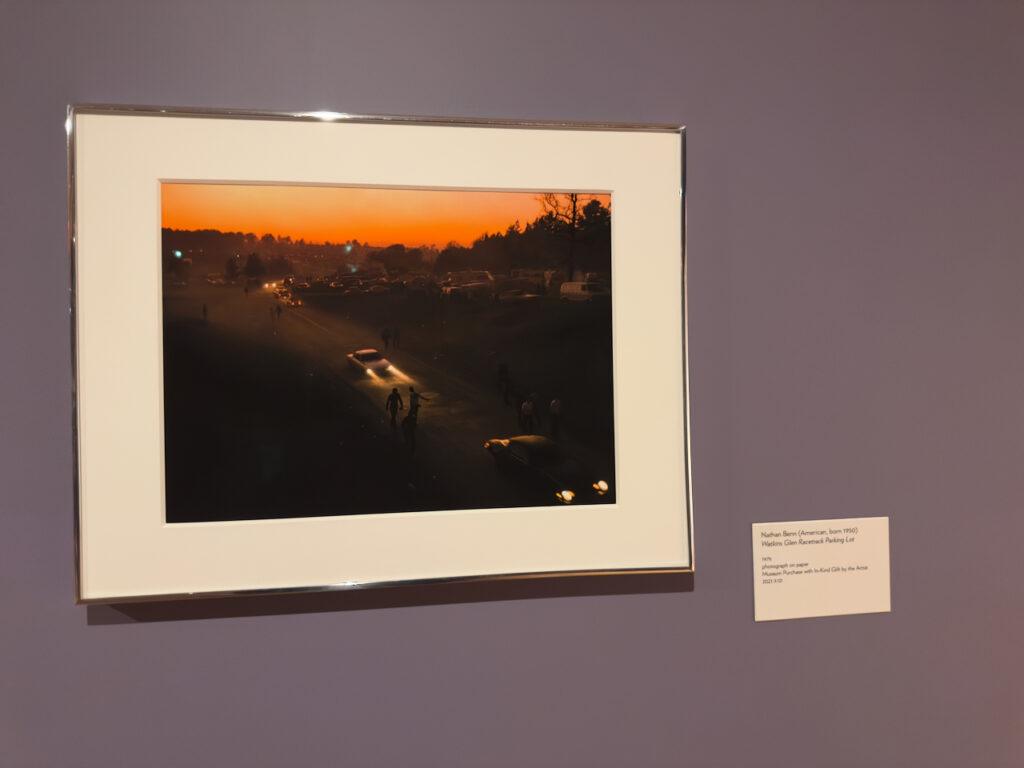
If you’re planning a trip to Corning, I highly recommend getting the Combo Ticket to experience both the Corning Museum of Glass and the Rockwell Museum. The contrast between the two—one focusing on materials and craftsmanship, the other on history and storytelling—creates a well-rounded artistic experience.
Whether you’re fascinated by the delicate beauty of glass or the rich narratives of American art, visiting both museums offers a deeper appreciation for creativity in its many forms.
My visit to the Corning Museum of Glass was an unforgettable experience that left me inspired, not only as a photographer but as an artist. Seeing the Rockwell Museum on the same trip made the experience even more meaningful, adding depth and context to my exploration of different artistic mediums.
I can’t wait to return—next time, I’ll make sure to catch the live glassblowing demonstrations and maybe even take a workshop!
Happy travels!
<3 Ann

